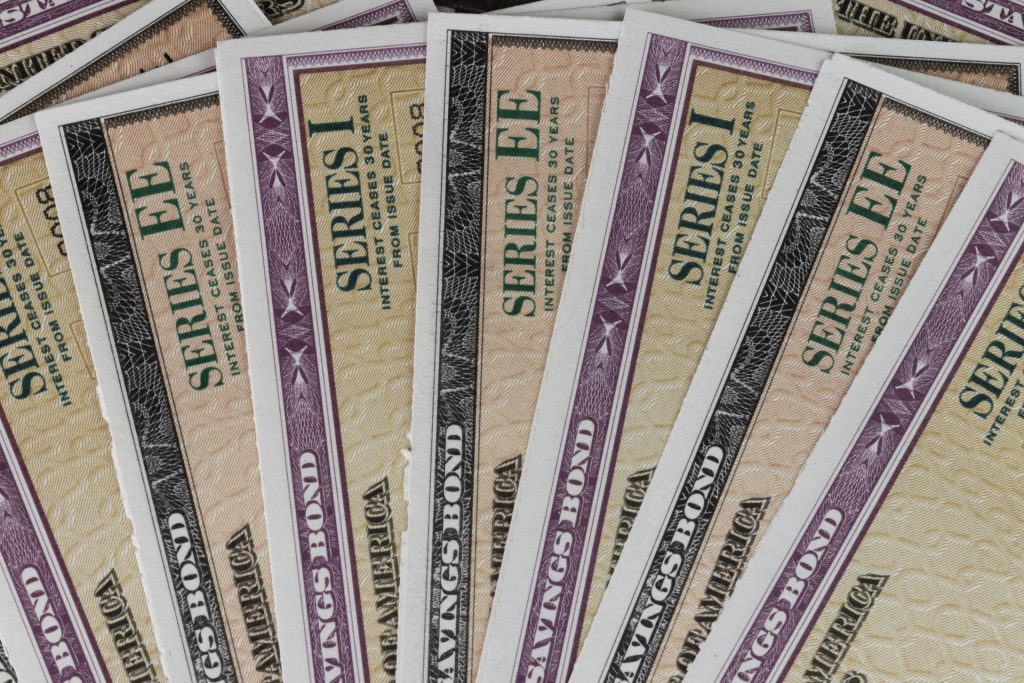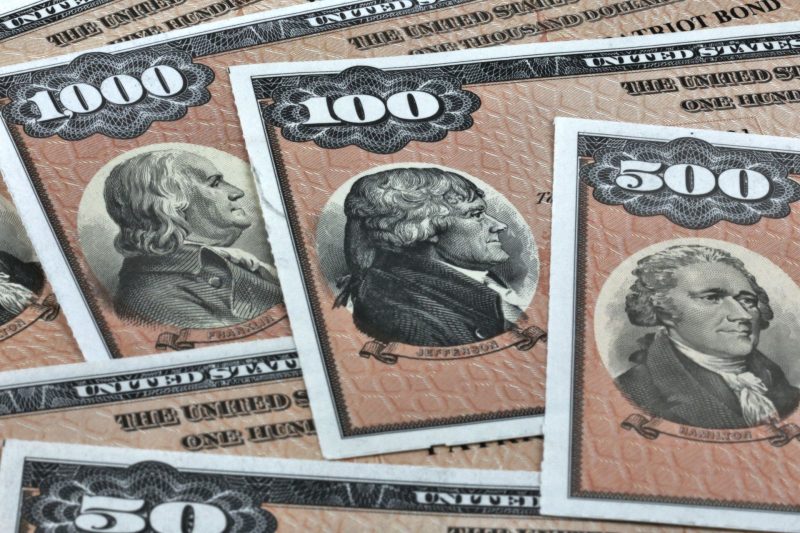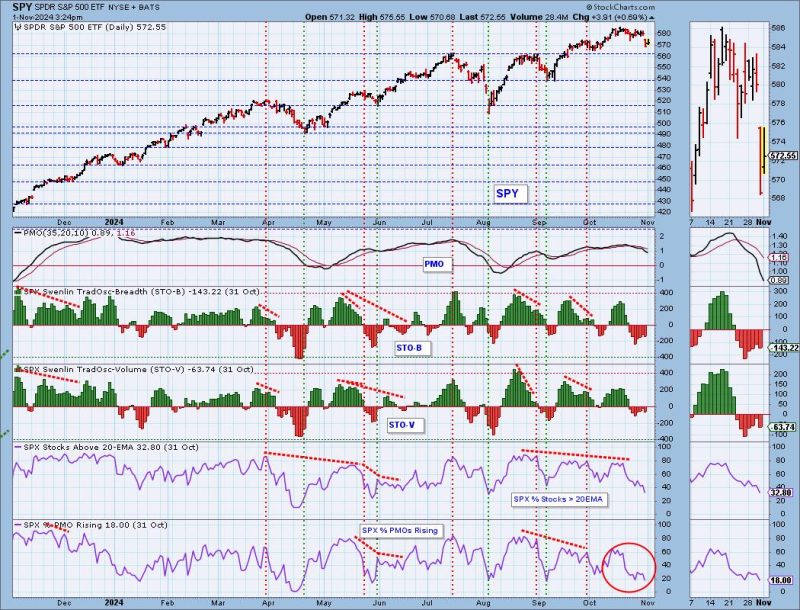The Benefits of I Bonds vs EE Bonds To Store Your Savings

US Savings Bonds. Savings bonds are debt securities issued by the U.S. Department of the Treasury. They are issued in Series EE or Series I.
Series I bonds and EE bonds are popular U.S. savings bonds that offer a safe way to save. Choosing between the two can be difficult. The best place to start is to gain an understanding of the terms of each bond and then compare the benefits and drawbacks of each.
Both bonds are solid investments that have minimal risk and virtually guarantee a return. You can’t go wrong in this situation. You can only do better.
Since 2011, you could buy up to $5,000 in paper series I savings bonds (I-bonds) with your IRS tax refund each year. But starting January 1, 2025, that option will no longer be available.
| Header Cell – Column 0 | I Bonds- Electronic | I Bonds- Paper | EE-Bonds |
|---|---|---|---|
| How to buy | From TreasuryDirect.gov only | You may buy up to $5,000 in paper savings bonds with each year’s tax refund, until January 1, 2025.. Use Form 8888 | From TreasuryDirect.gov only |
| Interest rate | Two rates – a fixed rate and a variable rate | Same | Rate when purchased is locked in for 20 years, It may be adjusted after 20 years |
| Row 2 – Cell 0 | The fixed rate is set on the date you buy the bond and remains the same for the entire term. The variable rate is adjusted for inflation twice a year | Same | N/A |
| Earns interest | Earned semi-yearly and added to the principal | Same | Same |
| Minimum per transaction | Electronic I-bonds: $25 minimum or any amount above that to the penny | Paper I-bonds: $50 | Same |
| Maximum purchase, per social security number | $10,000 per year of electronic bonds | $5,000 of paper bonds. Paper bonds can only be bought using a refund from your tax return | $10,000 per year of electronic bonds. These are not sold as paper bonds |
| Liquidity/Marketability | Can never be sold on the open market — only redeemed. Can’t be redeemed for the first year, and there’s a penalty (loss of last three months’ worth of interest) for redeeming within the first five years | Same | Same |
| Tax treatment | Subject to federal income tax? Yes Subject to state and local income tax? No | Same | Same |
| Exclusion from federal income tax | You may not have to pay tax on the earnings if you use the money for qualified higher education expenses and you don’t exceed the income limits | Same | Same |
| How to redeem | Access your TreasuryDirect account, go to ManageDirect and use the link for cashing in securities | At the bank where you have an account or by mail. Fill it out and remit FS Form 1522. If the value of the bond(s) you are cashing is more than $1,000, you must have your signature certified. Send the form and the bonds to the address printed on the Form | Access your TreasuryDirect account, go to ManageDirect and use the link for cashing in securities |
I bonds
Benefits
Risks
EE bonds
Benefits
Risks
These two investments are closely related
I bonds offer an inflation-protected return, ensuring your savings keep pace with rising costs. EE bonds, on the other hand, provide a fixed-interest rate for the life of the bond, offering a predictable return.
Benefits of both I bonds and EE bonds:
Tax advantages. Both I bonds and EE bonds offer tax advantages, including federal tax deferral until the bond is redeemed or reaches maturity, and exemption from state and local taxes. If used for educational expenses, they may be free from federal tax as well.
Safety: As a product of the U.S. Treasury, I and EE bonds come with a high degree of safety. They are backed by the full faith and credit of the U.S. government, which significantly lowers the risk of default.
Risks of both I bonds and EE bonds:
Early redemption penalties: While you can cash in I and EE bonds after one year, if you do so within the first five years, you’ll lose the last three months’ interest. This penalty can reduce your returns if you need to access your money early.
Limit on purchases: There’s a limit on how much you can invest in I bonds and EE bonds each year.
Current interest rates
Interest rates for EE and I bonds reset every May and November. The last reset was on November 1, 2024.
The current I-bond rate for those issued between November 1, 2024 and April 30, 2025, is 3.11%. This includes a fixed rate of 1.20%. Although the new rates are announced in May and November, the date when the rate changes for your bond is every 6 months from the issue date of your bond.
EE bonds issued from November 1, 2024 and April 30, 2025, bear an interest rate of 2.60%. They will earn that interest rate for the first 20 years you hold the bond and may be adjusted after 20 years.
Bottom line
I bonds, with their inflation-adjusted return, safeguard the investor’s purchasing power during periods of high inflation. On the other hand, EE Bonds offer predictable returns with a fixed-interest rate and a guaranteed doubling of value if held for 20 years. Both share similar tax considerations, providing federal tax deferral and state and local tax exemption.
The fundamental difference between them is the variable inflation interest rate offered by I bonds and the guaranteed 20 year doubling for EE bonds. I-bond investors enjoy great flexibility. If inflation remains high, they can retain their bonds and profit. If inflation plummets, they can swap their securities for higher-paying conventional notes. Meanwhile, those who own EE bonds are stuck.
While I bonds can offer better protection in inflationary times, EE bonds offer stability even in volatile market conditions. Their relevance in your portfolio varies with market conditions and personal investment goals.







